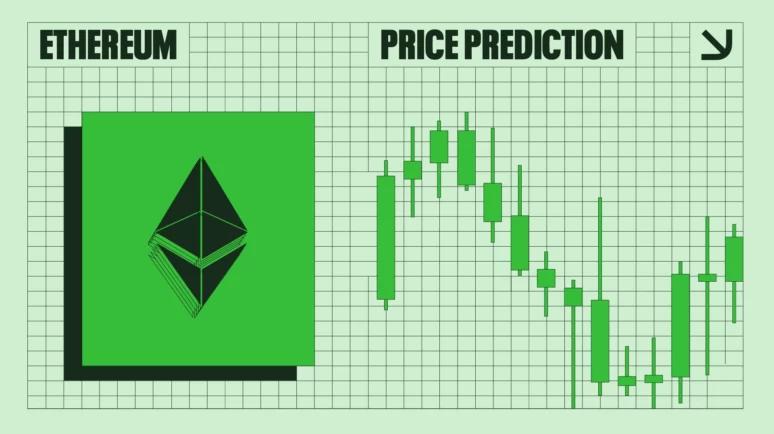Increased Ethereum Activity Causes Supply to Shrink by Nearly 20,000 Tokens

Why Is the Ethereum Supply Shrinking? Credit: Hameem Sarwar
Key Takeaways
- Since the Dencun Upgrade, Ethereum’s supply decreased by nearly 20,000 tokens.
- In contrast, the number of daily transactions in the network is close to an all-time high.
- Total transaction fees increased to a one-year high at $200 million. Did they cause the supply decrease?
In the wake of Ethereum’s Dencun upgrade, the cryptocurrency’s supply has sharply decreased while daily transactions surged near all-time highs.
Ethereum’s annual deflation based on last week’s rate of decrease is at 0.80%, nearly four times higher than the actual annual deflation rate of 0.25%. Will this trend continue, or is the acceleration just temporary?
Ethereum’s Supply Falls at Accelerated Rate
Ethereum’s supply has gradually decreased since the Paris upgrade (Merge) in September 2022, when the blockchain changed its consensus mechanism from Proof-of-Work to Proof-of-Stake.
The rate of decline accelerated in May 2023 before becoming more gradual. It accelerated again last week after the Dencun upgrade.

At the time (red line), the total supply was 120.5 million tokens, and it has now fallen to 120.1. While this decrease seems small for a period of 18 months, it is worth noting that Ethereum’s supply increased from 115 million to 120.5 million in the 18 months preceding the merge.
The current supply is the lowest since before the merge in August 2022.

Since the merge, Ethereum’s supply has been deflationary. More specifically, it has fallen by 0.246% per year. This is a stark contrast to the 3.100% increase before it and significantly lower than the 1.71% inflation for BTC.
In numbers, 35,500 ETH was burned last week while 17,200 was issued. Since the merge , more than 1.5 million tokens have been burned while 1.1 million are issued.
High Transactions Cause Decrease in Supply
There is increased activity in the Ethereum network as evidenced by the number of total and active addresses. The number of active addresses of 650,000 is very close to the all-time high juts above 900,000.
The number of total addresses is already at an all-time high of 109 million addresses. This leads to only 0.5% of the addresses being active. In contrast, nearly 2% of the total addresses were active in May 2021.

The increase in the number of addresses has also led to an increase in network activity. Increased network activity in Ethereum causes network fees to increase, in turn leading to more fees being burned and a decrease in total supply.
Last week, total fees spiked to over $200 million, the highest number since April 2022. This broke a steady trend of nearly six months when the total fees were less than $100 million.

Despite this increase, the average transactions fees held steady at 0.005 ETH. This means that increased activity rather than higher transaction fees is the reason for the increase in total fees.
The 7-day average of transactions is also at 1.25 million transactions, only trailing the all-time highs of May 2021 with nearly 1.50 million daily transactions.
Ethereum’s Supply Stays Deflationary
Ethereum’s supply has been deflationary since the merge. While the deflationary trend had slightly subsided, the Dencun upgrade caused increased network activity, in turn increasing fees and accelerating the decrease of the supply.
In relation to the Ethereum supply before the merge, the deflationary supply after bodes well for the future price, even though the annual rate of decrease is still minuscule.


